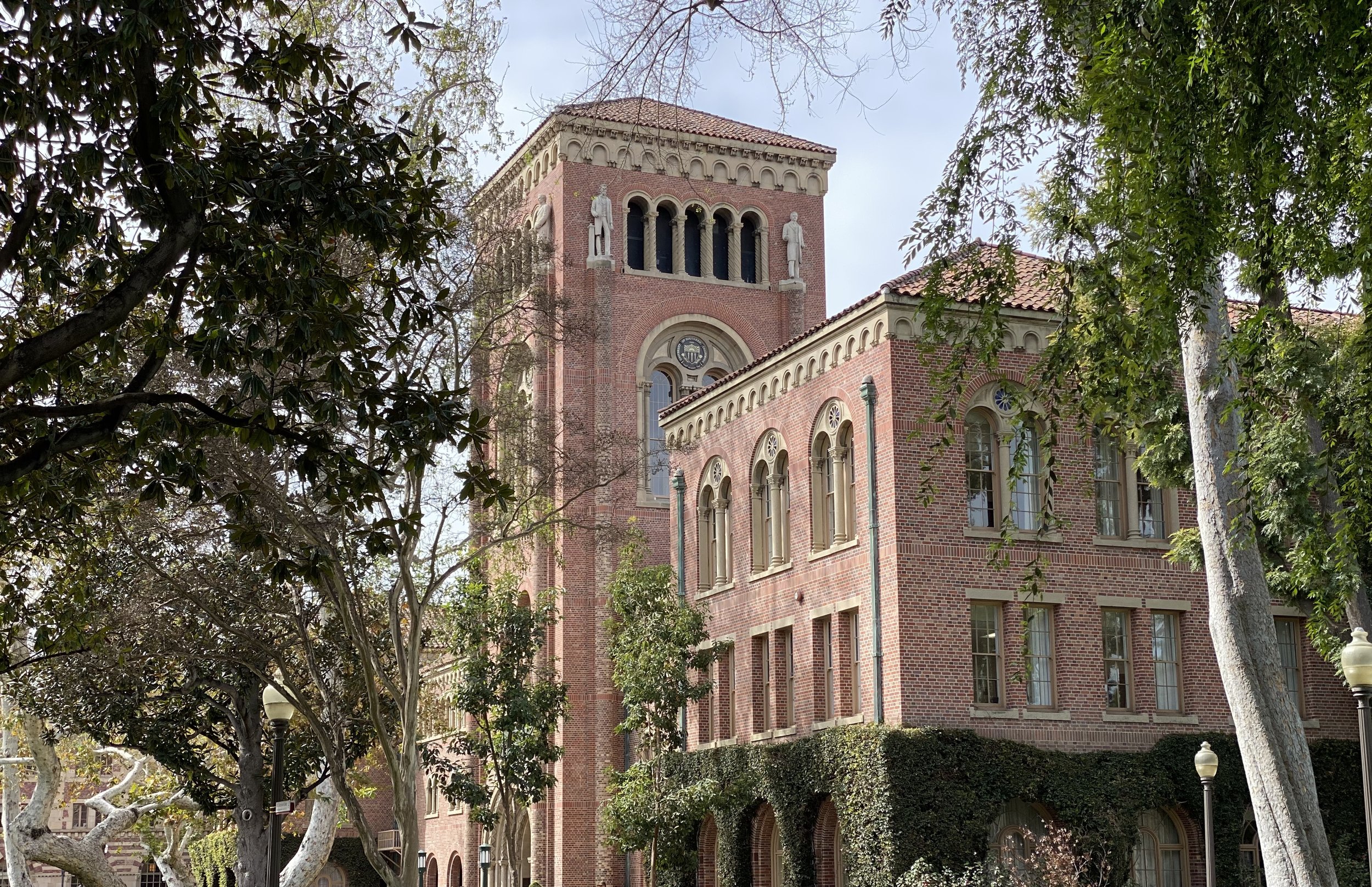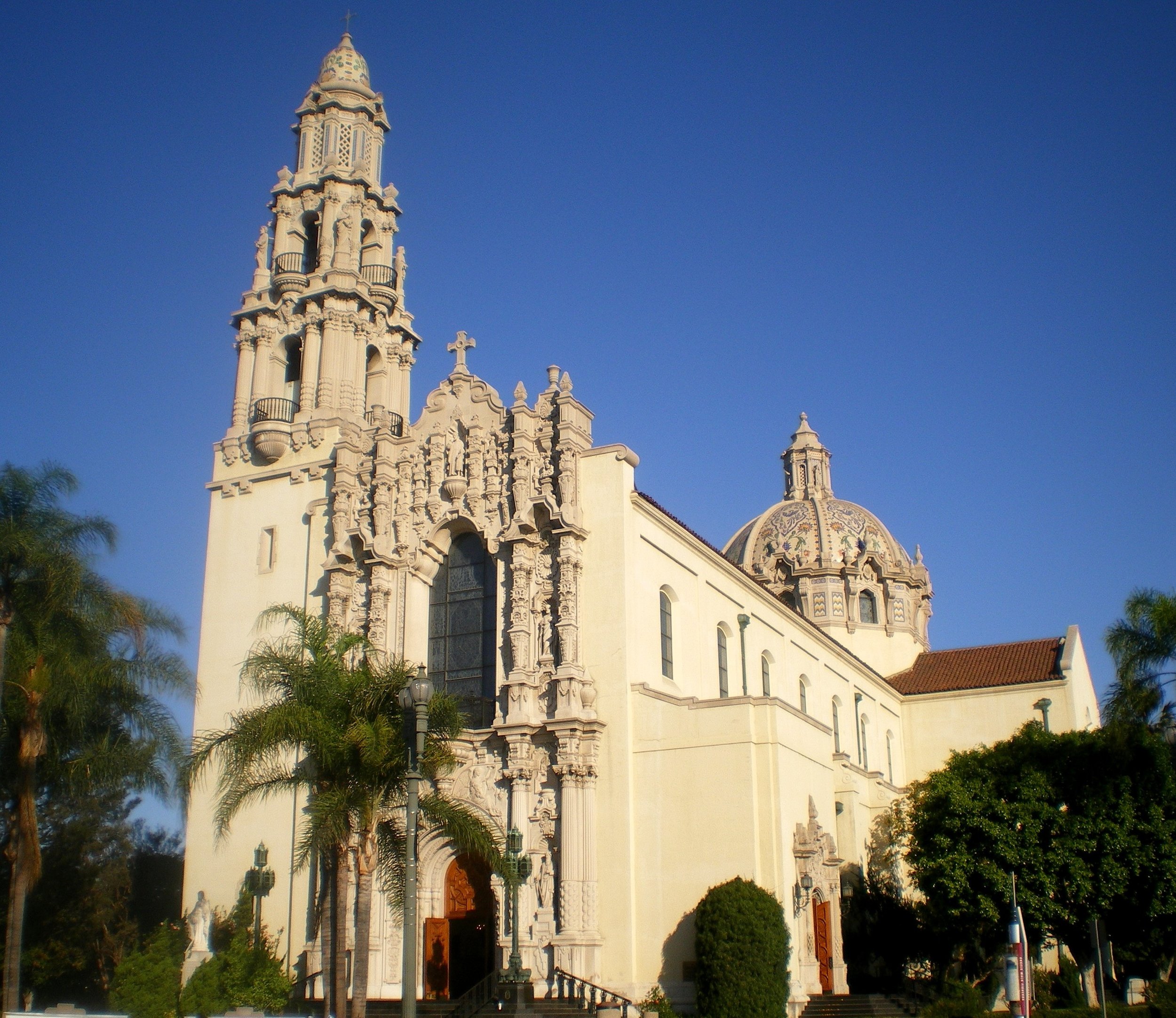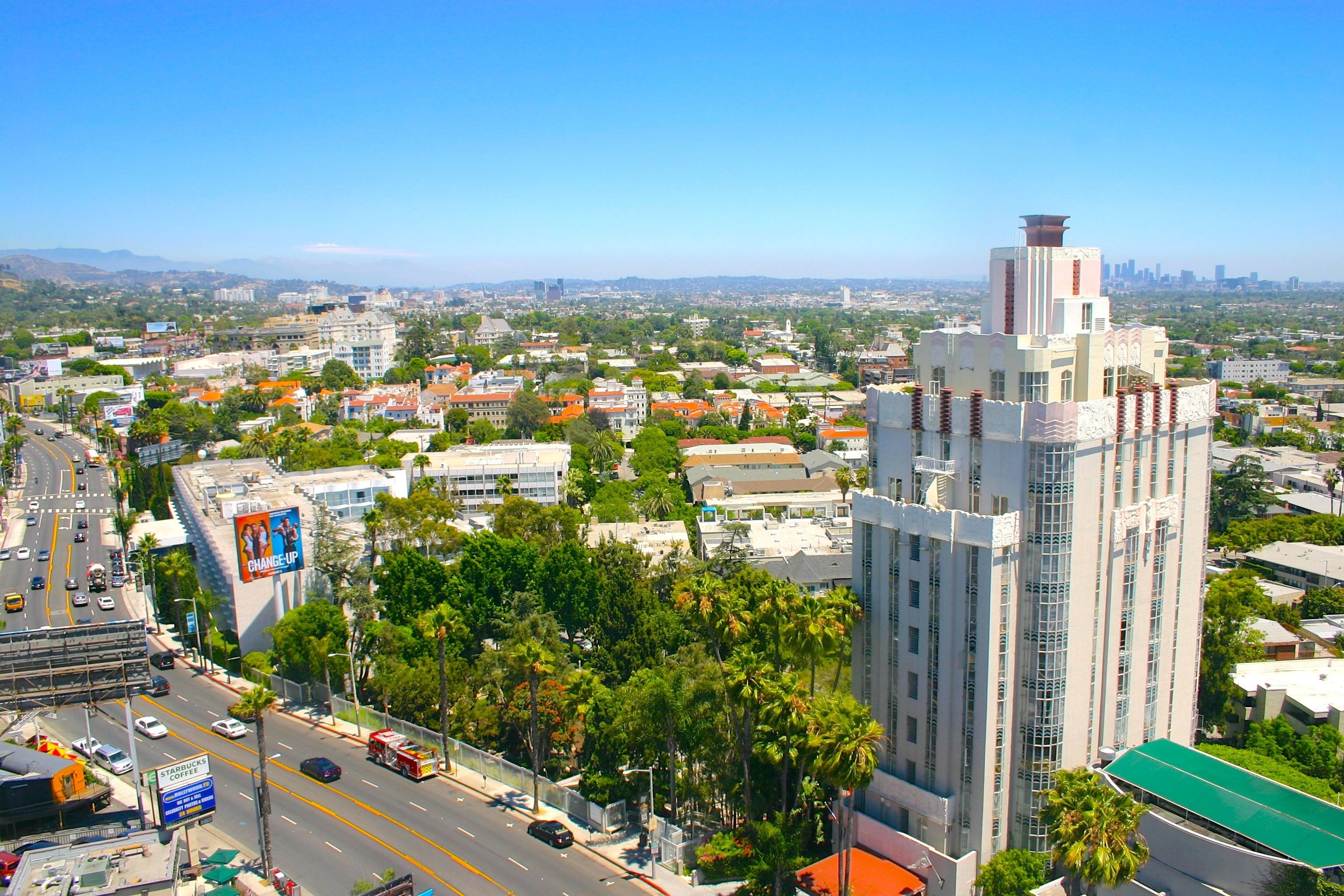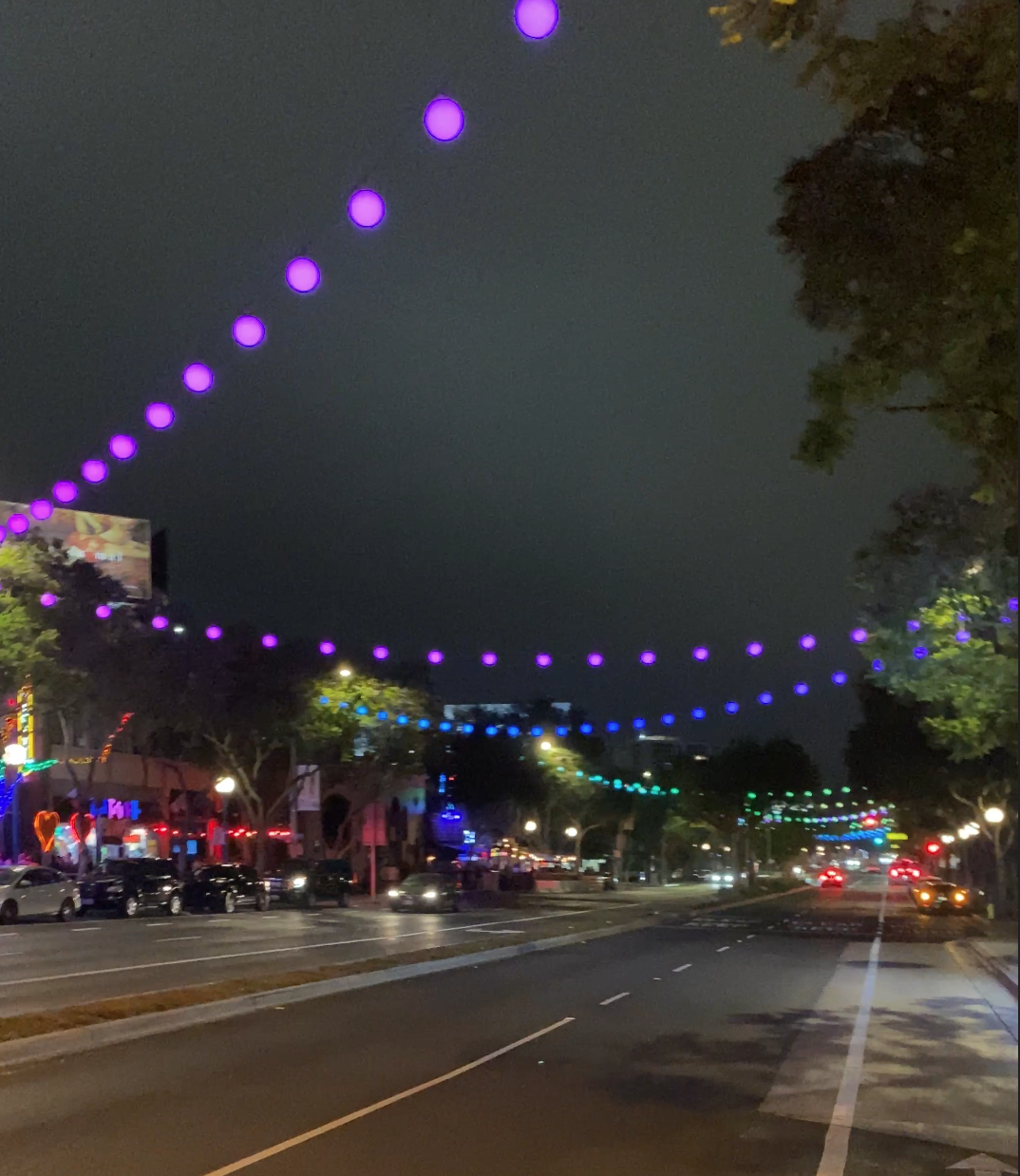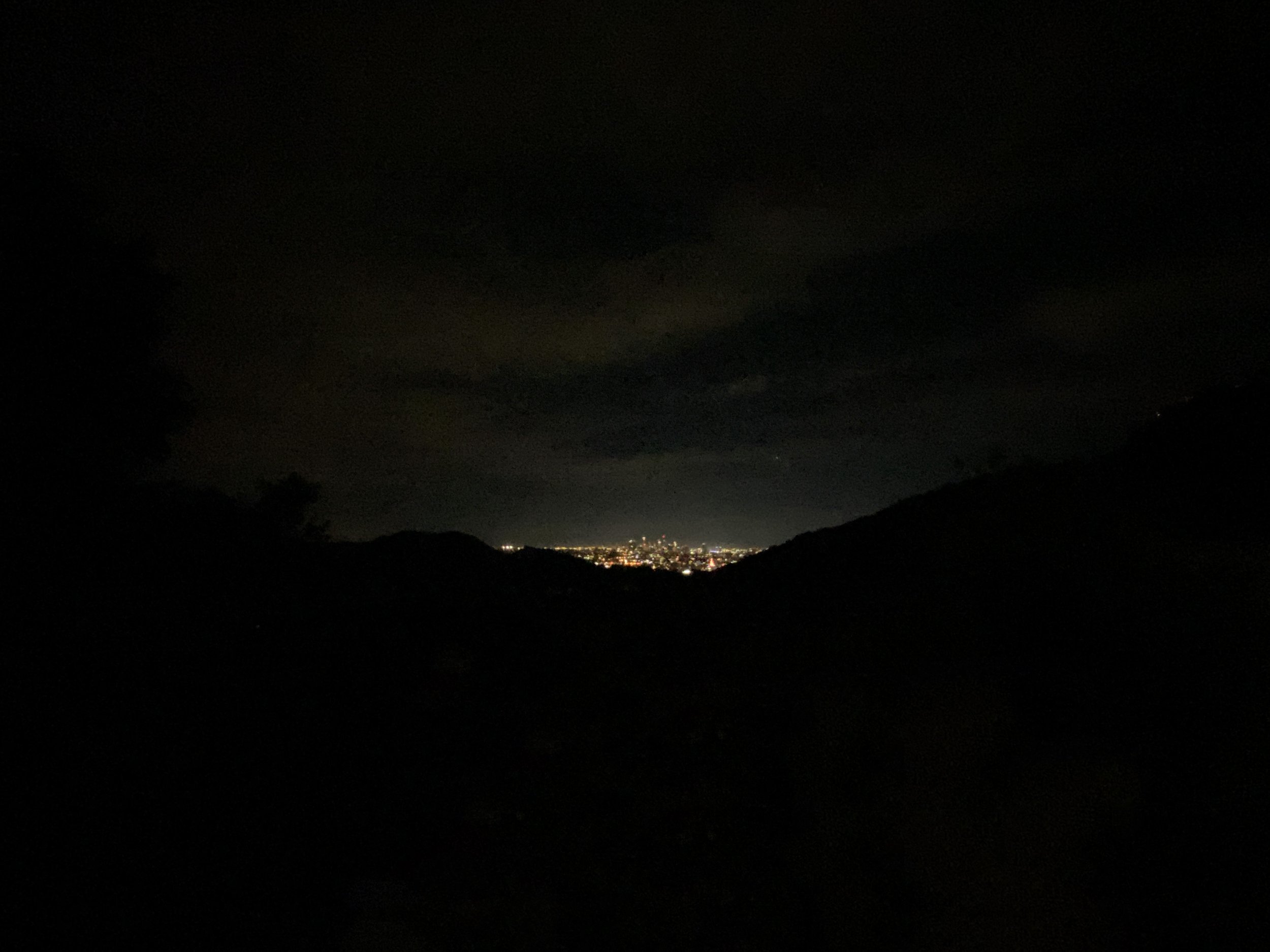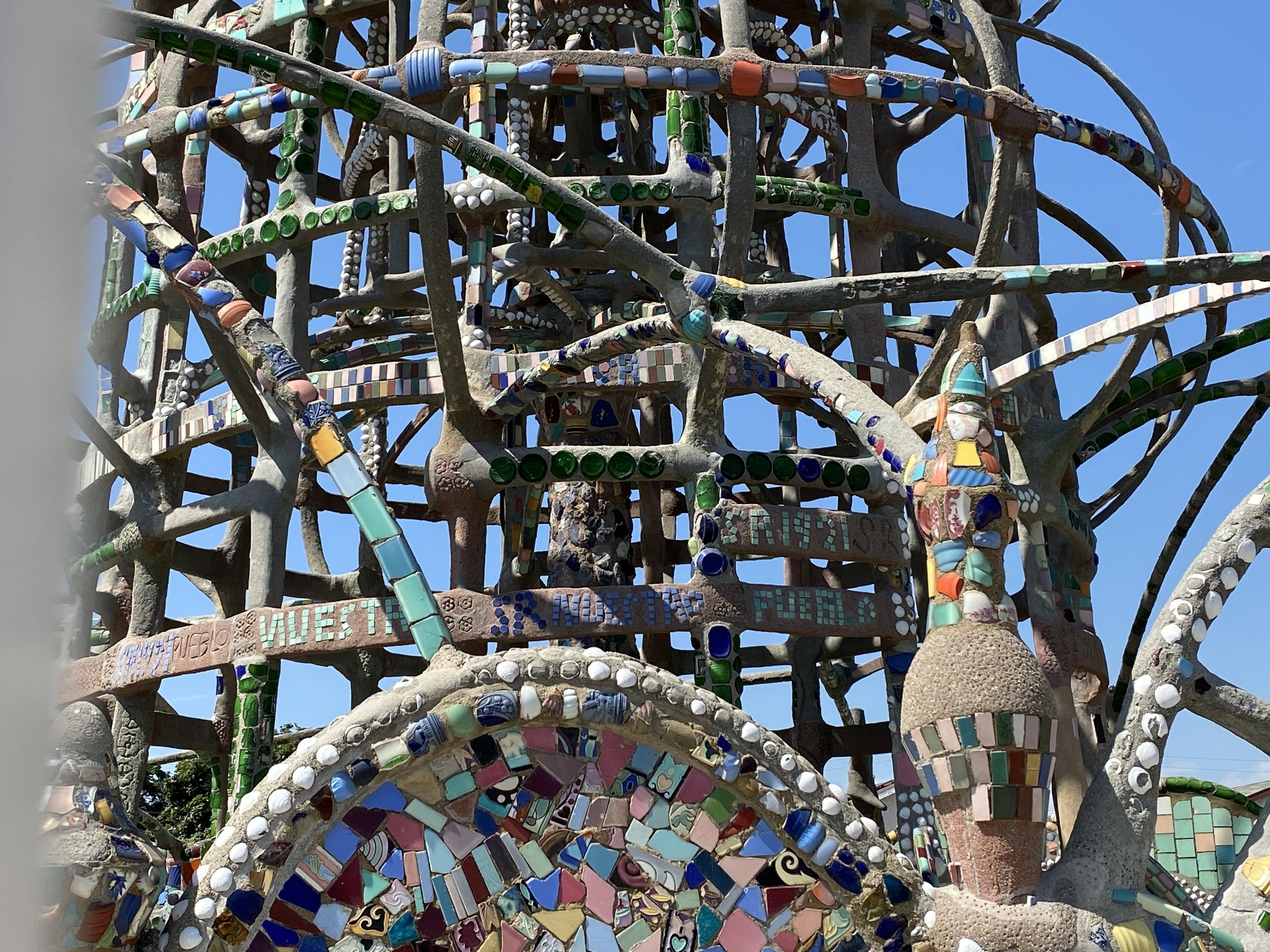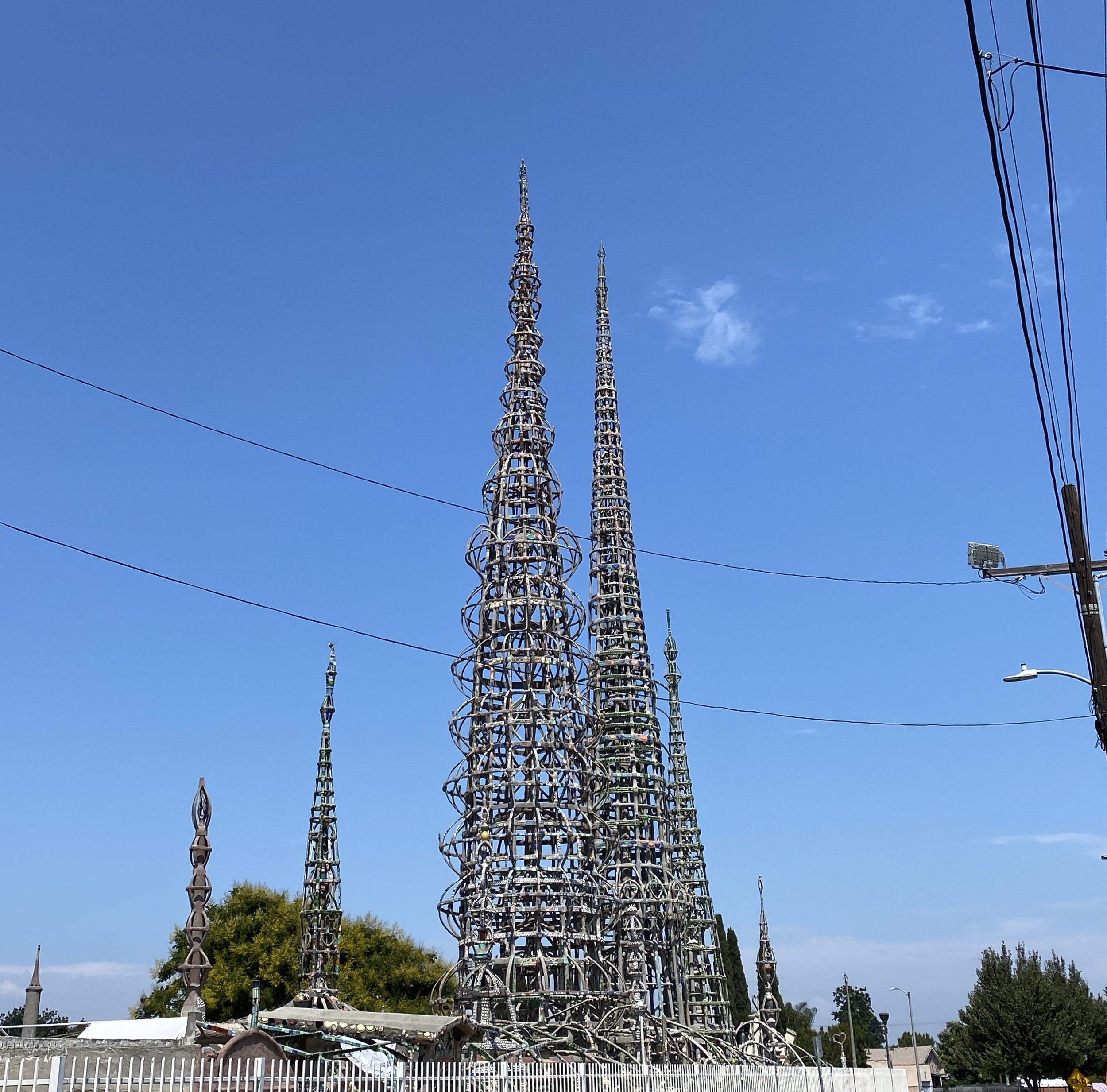L.A.TUDES (2023) for band
1 - Full Score, bound hard copy (11in x 17in)
Shipping: USPS Priority Mail
INSTRUMENTATION
4 Flutes (optional 2 players per part; 1., 2., 3. doubling Piccolo; 4. doubling Alto Flute), 2 Oboes, English Horn, Eb Clarinet, 3 Bb Clarinets, Bb Bass Clarinet, Eb Contralto Clarinet, 2 Bassoons, Contrabassoon, Bb Soprano Saxophone, Eb Alto Saxophone, Bb Tenor Saxophone, Eb Baritone Saxophone, 6 Bb Trumpets, 4 F Horns, 4 Trombones (4.-Bass), 2 Euphoniums, 2 Tubas, Contrabass, Piano/Celesta, Harp, Timpani (4 drums), 4 Percussion (Glockenspiel, Snare Drum, Crotales, 3 Triangles (small, medium, large), Cabasa, Piatti, Seashell Wind Chimes, Hi-hat, Vibraphone, 2 Tom-toms (medium, large), Chimes, 3 Clay Flower Pots (small, medium, large), 2 Maracas, Ride & Suspended Cymbals, Marimba (5 octave), Tam-tam, Whip, Splash Cymbal, Tambourine, 4 Ceramic Tiles on foam pad), Bass Drum, Kick Drum, 3 Glass Bottles (small, medium, large) on foam pad, Claves
DURATION
21 minutes
AWARDS
2023 National Band Association's William D. Revelli Composition Contest finalist
COMMISSION INFORMATION
L.A.tudes for band was commissioned by a consortium of the following ensembles and their directors, led by my longtime friend & supporter Michael Hancock:
Arkansas Tech University — Daniel Belongia
California State Polytechnic University, Pomona — Rickey Badua
Florida International University — Brenton Alston
Michigan State University — Kevin Sedatole
Purdue University — David Blon
Slippery Rock University — Jonathan Helmick
University of Central Arkansas — Michael Hancock
University of Illinois — Kevin Geraldi
University of Kansas — Paul Popiel
University of Memphis — Albert Nguyen
University of Michigan — Courtney Snyder
University of North Carolina at Greensboro — Jonathan Caldwell
University of North Carolina School of the Arts — Mark Norman
University of Oklahoma — Shanti Simon
University of Southern California — Sharon Lavery
University of Southern Mississippi — Catherine Rand
University of West Georgia — Josh Byrd
The world premiere was given by the University of Central Arkansas Wind Ensemble, conducted by Michael Hancock, at Reynolds Performance Hall in Conway, Arkansas on February 28, 2023
PROGRAM NOTE
Almost anything you can say about Los Angeles is true. It’s large; it's a mess; it lives; it’s vulgar; it’s beautiful. For L.A. represents, more than any other city, the fulfillment of the American Dream...of wealth, speed, freedom, mobility.
– Reyner Banham, Los Angeles: The Architecture of Four Ecologies
Études are typically intended as short pieces showcasing techniques that illuminate something about an instrument and its performer. But in my travelogue for band L.A.tudes, I have assembled a collection of municipal études, five studies designed to evoke aspects of life in the endlessly exhilarating, remarkably iridescent City of Angels. Comparable in scope & duration to Percy Grainger’s landmark Lincolnshire Posy—a composer and work very dear to me—L.A.tudes is similarly a celebration of a specific place and its people, and it is my hope that these five musical vignettes sound like Los Angeles feels:
1. The Figueroa Corridor
Heraldic, brassy material performed at times in a lyrical, religioso style depicts the area extending from just south of Downtown Los Angeles to the museums at Exposition Park, a central district encompassing the classically-inspired campus of the University of Southern California as well as the Los Angeles Memorial Coliseum, site of the 1984 (and upcoming 2028) Olympic Games. Rich, gothic harmonies and flowing hymn-like passages suggest the area’s many architectural splendors, from an intersection boasting two of the city’s most ornate cathedrals to the Shrine Auditorium, ten times the site of the Oscars telecast.
2. WeHo Tableau
My home neighborhood during the completion of L.A.tudes, West Hollywood (colloquially “WeHo”) is arguably America’s most famous LGBT enclave, incorporated in 1984 as a safe haven for Los Angeles County’s gay population and perennially one of the country’s leading progressive municipalities. Following the collapse of the Soviet Union, West Hollywood became refuge to America’s second-densest Russian-speaking population (years earlier, émigré Igor Stravinsky made his home here). The heart of L.A.’s nightlife and club scene, WeHo is one of our most vibrant communities, though quieter residential side streets jut off the colorful, highly walkable commercial strips. As such, I’ve written music that ambles along with a carefree gait, emblazoned in technicolor neon hues and Stravinskean mixed meters.
3. Mulholland Nights
A mystical, serpentine theme serves here as homage to ghosts of Hollywood past and of the fabled Mulholland Drive. As you careen around what David Lynch calls our “dream road,” you run the entire spine of the Santa Monica Mountains with alarmingly few guardrails — it’s little wonder that our most visually stunning street is also the most treacherous. Mulholland’s precipitous overlooks perched high above the vast San Fernando Valley to the north and the boundless Los Angeles basin below showcase unmatched views of the Pacific, the desert, several mountain ranges, and our entire cityscape. Though always cloaked in noir shadows, the music here is nostalgic and familiar. By movement’s end, we float to a celestial plain over the Hollywood Hills and its twinkling lights below.
4. Nuestro Pueblo (The Watts Towers)
Working far from the critical gaze of the academy but immeasurably close to the hearts of Angelenos, Sabato “Simon” Rodia was surely one of the twentieth century’s great “outsider artists.” An Italian immigrant who quietly constructed without nails or traditional binding agents the 100-foot Watts Towers, Rodia would mysteriously abandon the structure after 33 years of methodical, dogged work and leave town, never to return again. When unscrupulous L.A. city officials moved to demolish the towers in the 1950s, a stalwart band of local community members devised a public stress-test that ultimately deemed the landmark not only structurally-sound, but so strong that the cranes used to pull resistance against the towers were themselves lifted off the ground. Thanks to decades-long preservation efforts, the towers stand tall to this day, a beacon reflective of the neighborhood’s solidarity and immense cultural contributions as well as of the fortitude of one artist’s unwavering individualism and perseverance.
The movement opens with delicate, percussive pitter-patter on glass bottles, ceramic tiles, clay flower pots, and wind chimes made of seashells, the same sort of the estimated 100,000 found objects Rodia used to adorn the towers he called Nuestro Pueblo (“Our Town”). Lonesome clarinet lines built on humble triads recall Rodia’s monk-like work in the backyard of his home in Watts, an artistically fertile L.A. neighborhood that was also home to fellow visionaries Ornette Coleman, Charles Mingus, and the family of film composer Danny Elfman. The simple triadic cells begin to overlap in stretto, eventually forming an undulating web that crests into a warm, melancholic apex, a resplendent evocation of Rodia scaling his ever-higher creation above miles of sprawling cityscape before ultimately descending back to hushed ground-level.
5. Off-ramp
Our L.A. journey concludes in perhaps the only way imaginable: on the open road. For while the disparate paths that bring each of us to Los Angeles reflect a diversity and internationalism rivaled by few other cities, the one thing that quickly becomes universal for each & every Angeleno is our infamous freeway system. Far more than mere portals for white Bronco chases, the freeways remain a daily source of utility, frustration, excess, and a surprising sort of zen energy induced by routine traffic jams (for years much of my musical rumination has taken place in the countless numbing hours spent on freeways and “surface streets” alike). But this is a bolt of a closing movement, beginning anticipatively at a stoplight flanking an on-ramp to “The 10.” It’s not long until we’re cruising bumper-to-bumper under explosive late afternoon sunlight, breezy tunes on the radio and smog-tinged sights set on the Pacific Coast Highway and Malibu down the way. Could any experience more epitomize the Southern California Dream?
— Jules Pegram (2023)

